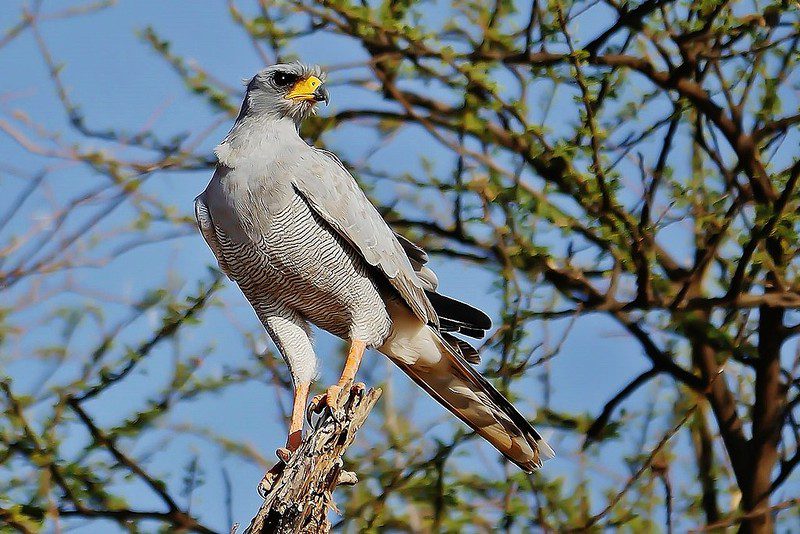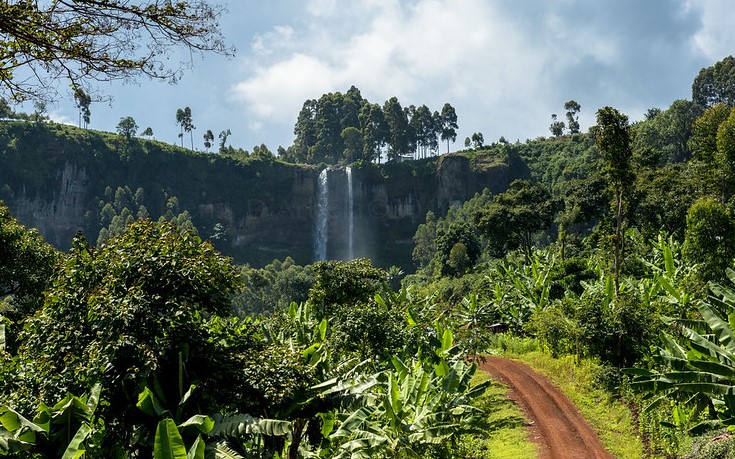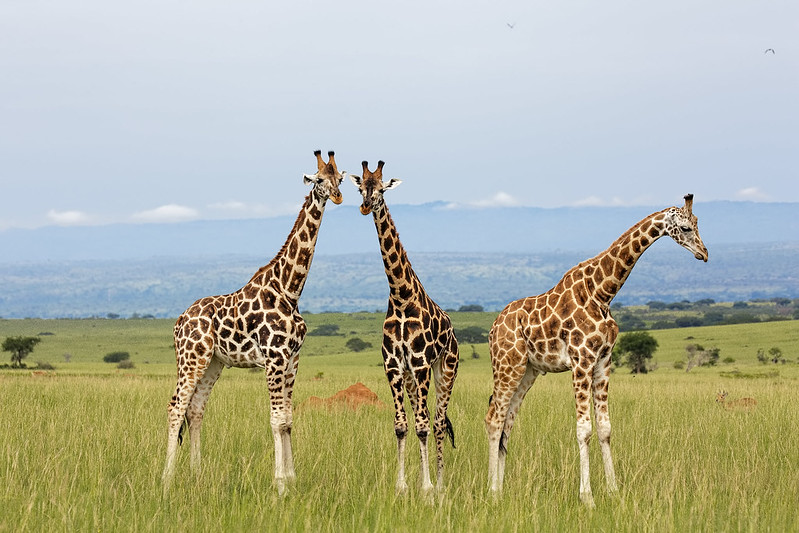Safari Activities in Eastern Uganda.
Eastern Uganda Safari Activities: Safari is a Swahili word derived from the Arabic word “safar,” which means to travel overland to watch wild animals, particularly in eastern or southern Africa. It arrived in the adventurous country of Kenya. Other words for Uganda Safari include expedition, nounjourney, persons on a journey, campaign, and caravan cavalcade.
The Swahili phrase for a lengthy journey (by whatever means) is safari. The safari as it is known to Westerners began with a British expedition in 1836–1837 that was solely focused on observing and recording the southern African landscapes and fauna.
While observing African wildlife is still the main goal of a typical African safari, game watching is by no means the only aspect of safaris. African safaris now include game viewing and wildlife tracking, but they also focus on the experience of being in the bush (wilderness) and discovering beautiful locations and natural wonders for experiences that can be captured on film, documentaries, photography, videography, and memory.
Expeditions to study or hunt animals in their native habitat, particularly in East Africa, are known as safari activities. a journey into any undeveloped region to observe, capture, or hunt wildlife in its natural habitat. Give up the outdated notion of a wildlife safari as a hunting excursion that has long since been abandoned.
Uganda is divided into four areas, including the Eastern region. There were 9,042,422 people living in the area as per the 2014 census in Uganda. Amuria, Budaka, Bugiri, Bukwa, Busia, Butaleja, Iganga, Jinja, Kaberamaido, Kaliro, Kamuli, Kapchorwa, Katakwi, Kumi, Manafwa, Mayuge, Mbale, Pallisa, Sironko, and Soroti are among its districts.
In Uganda, there are numerous safari activities, including those in the Eastern area.
Mountain cycling competitions are a good pastime for the area. The upper mountainous topography and cold, favorable weather are features of the eastern region. Mbale, Kapchorwa, and Manafwa are parts of Uganda that encircle the latter portion of the Elgon. For those who are wondering if the eastern region of Uganda offers safari activities, here you go. Cycling events are typically organized in these places, with guides offering assistance to both local and foreign competitors.
Boating and canoeing. Canoeing and boating are essential safari activities in eastern Uganda, which shares a large portion of Victoria, particularly in Jinja district, which is also home to the source of the powerful R. Nile. While they are not enjoyable during the rainy season, they are perfectly acceptable in areas where the sun is always out and the temperature never drops.
It is amazing to feel the clean air, hear the sounds of the water, and see the surrounding ocean. This activity can take place on a number of bodies of water in eastern Uganda, such as the Nile River and Sipi Falls, which will provide you with a wide variety of experiences.
Activities for Safaris in Eastern Uganda
Mountain Climbing: This activity is best suited for those who are brave, strong, and physically fit. While it is not possible in many places during a safari, Eastern Uganda makes it possible with Mount Elgon in Mbale district and Manafwa, making it simple to engage in the activity. Depending on the conditions, the climb takes four to six days. There are other psychological and physical benefits to this safari pastime, including as delight and exercise.
Another safari activity in eastern Uganda is rock visiting and geology. This only occurs in the eastern part of the country due to the unique rocks found there, such as the Tororo Rocks, which are amorphous solid rocks with colors that make up a portion of the district. The district also contains lime stones, which are valuable stones used to make cement.
The Nyero Rock paintings, which are in Kumi and are painted in a variety of colors that are naturally appealing, are the other rocks that can be visited while on safari in eastern Uganda. Local and foreign tourists visit these rocks year-round for leisure, research, academic purposes, and photography.


